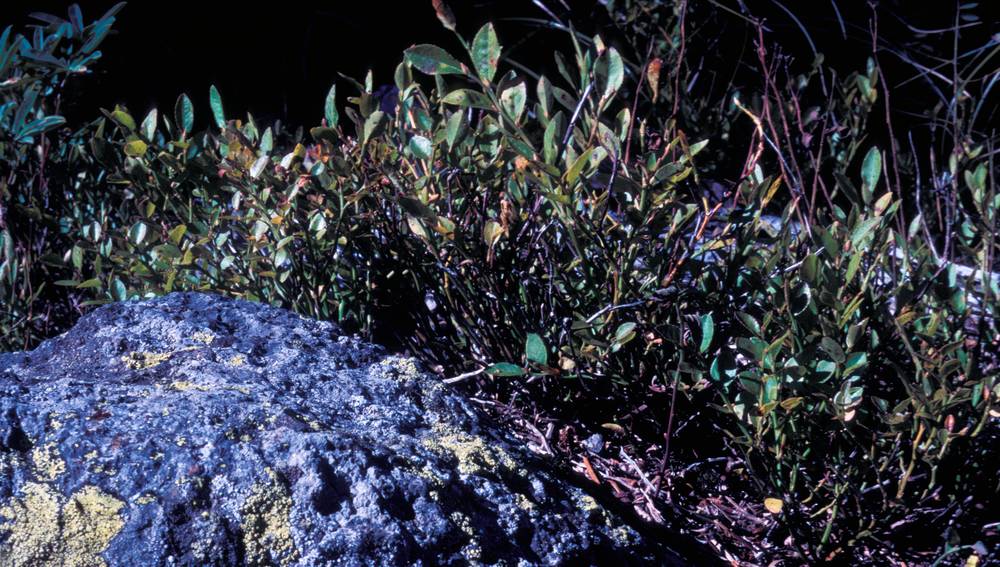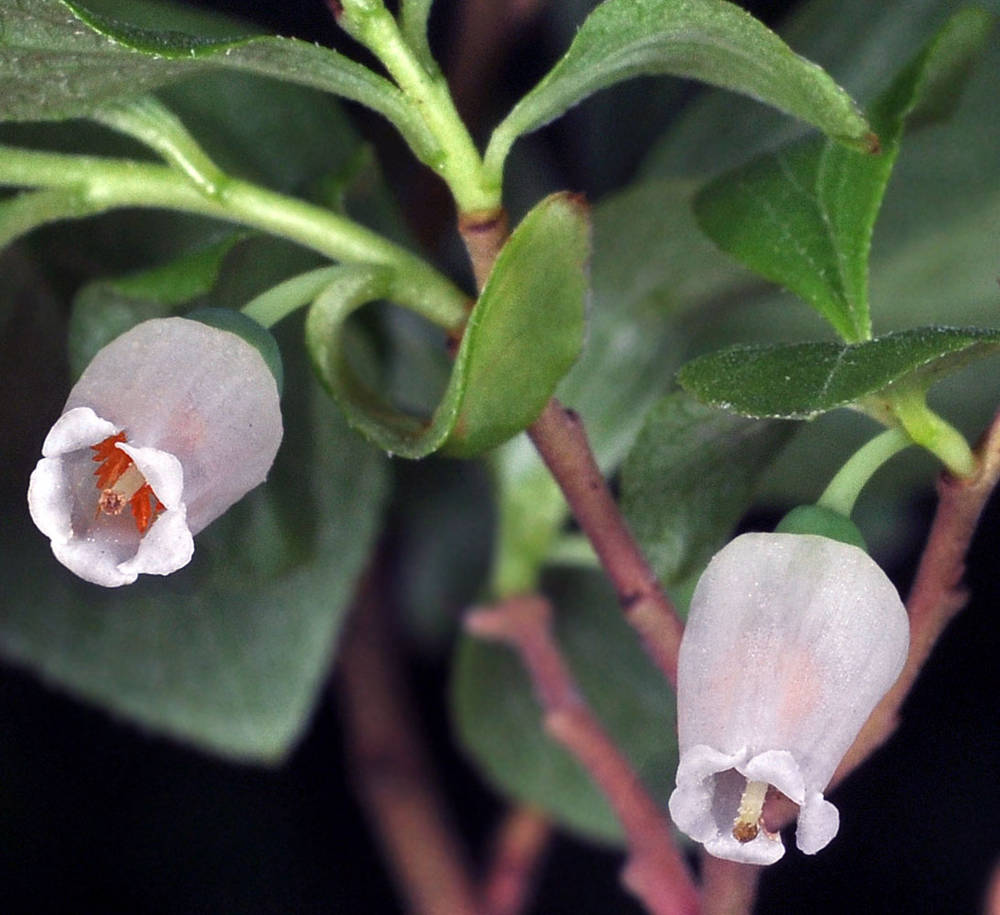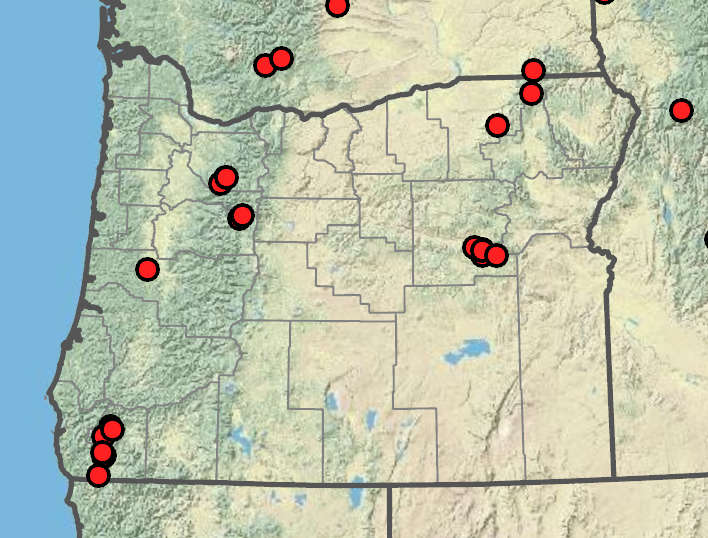Vaccinium myrtillus
Vaccinium
whortleberry
bilberry, blueberry, cranberry, huckleberry
erect, ascending, spreading or creeping, glabrous, puberulent or hairy.
elliptic to ovate, 11–20(30) × 5–10 mm, light green abaxially, green adaxially; thin; flexible;
margins sharply serrate from tips to near base, prominently veined;
tips acute;
surfaces abaxially glandular, adaxially glabrous.
alternate; simple;
margins entire or serrate; plane or revolute;
surfaces glabrous to glaucous or puberulent;
petioles absent or present.
solitary flowers in axils.
axillary; racemes or solitary, 1–10-flowered;
bracteoles present or absent.
sepals 5;
calyces shallowly lobed, glabrous;
petals 5;
corollas ovoid-urceolate to globose, 3–7 × 4–7 mm, white to pink, glaucous;
filaments glabrous.
sepals 4–5, 67% to fully fused;
corollas globose to urceolate;
petals 4–5, 67% to fully fused, white to red;
stamens 8–10, included;
filaments flat; straight, glabrous or hairy;
anthers awned or awnless, dehiscent by pores;
ovaries inferior;
styles usually surpassing stamens.
4–9 mm in diameter, dark red to bluish black; without a bloom.
berries; ovoid to globose, red to black; fleshy.
2–40.
=24, 48.
Vaccinium myrtillus
Vaccinium
Wet mid- to high elevation areas. Flowering Apr–Jul. 1100–2100 m. BW, Casc, Sisk. ID, NV, WA; northeast to Alberta and southeast to NM, Greenland; Asia, Europe. Native.
Morphologically, Vaccinium myrtillus is similar to V. scoparium, and at higher elevations their ranges overlap. Vaccinium myrtillus differs from V. scoparium by its generally larger leaves and flowers, often sparsely puberulent twigs, and its broom-like habit.
Temperate areas and tropical mountains in Asia, Europe, North America, and South America. ~450 species; 11 species treated in Flora.
Many Vaccinium keys rely, often heavily, on fruit characters. This unfortunately relegates the observer to identifying plants during one, often short, life stage. Furthermore, most herbarium specimens are lacking fruits. As such, presented here is a key based almost entirely on vegetative characters. Vaccinium corymbosum (high-bush blueberry), a popular cultivar, has been reported to have escaped and established a small population in Eugene (Lane County). If persisting or found elsewhere, the species is distinguished from our other Vaccinium by a combination of its tall growth habit (1–5 m), large leaves (15–70 × 10–25 mm) and fruits with a bloom.
Stephen Meyers
- Local floras:
BC,
OR,
WA
- Local Web sites:
Flora NW,
PNW Herbaria
WildflowerSearch
iNaturalist (observations)
USDA Plants Database
- LBJ Wildflower Center
- SEINet
- Plants of the World Online
- Encyclopedia of Life
- Wikipedia
- Google Image Search




